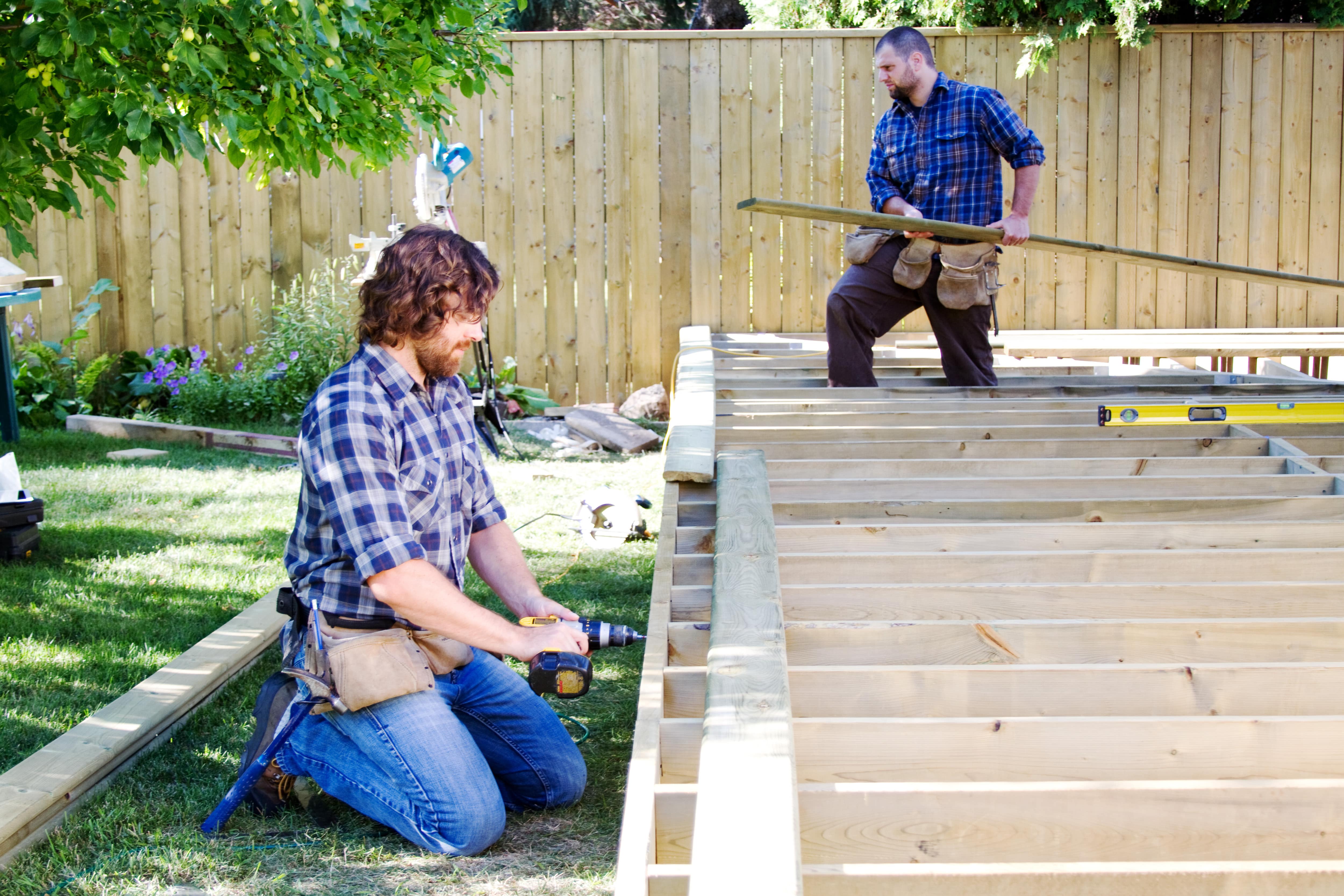
I CAN FIX THAT LLC
I CAN FIX THAT LLC
I can fix that is a leader in providing our customers with the highest quality service in an honest, efficient, and professional way. Our pledge is to create successful relationships with our customers, employees and community by building trust, treating every project with the utmost integrity and exceeding expectations. We look forward to working with you! we can take calls on weekends for emergency's
"Did everything they said they’d do. Really nice competent staff. Took two days, wouldn’t have except they got rained out first day. Very efficient, were here when they said they’d be, cleaned up everything after, kept us informed all during the process. They responded to my request for a quote almost immediately, and delivered it the next day. Will hire Keith and his crew again, no hesitation!"
Ginger D F on September 2025
I can fix that is a leader in providing our customers with the highest quality service in an honest, efficient, and professional way. Our pledge is to create successful relationships with our customers, employees and community by building trust, treating every project with the utmost integrity and exceeding expectations. We look forward to working with you! we can take calls on weekends for emergency's
"Did everything they said they’d do. Really nice competent staff. Took two days, wouldn’t have except they got rained out first day. Very efficient, were here when they said they’d be, cleaned up everything after, kept us informed all during the process. They responded to my request for a quote almost immediately, and delivered it the next day. Will hire Keith and his crew again, no hesitation!"
Ginger D F on September 2025











